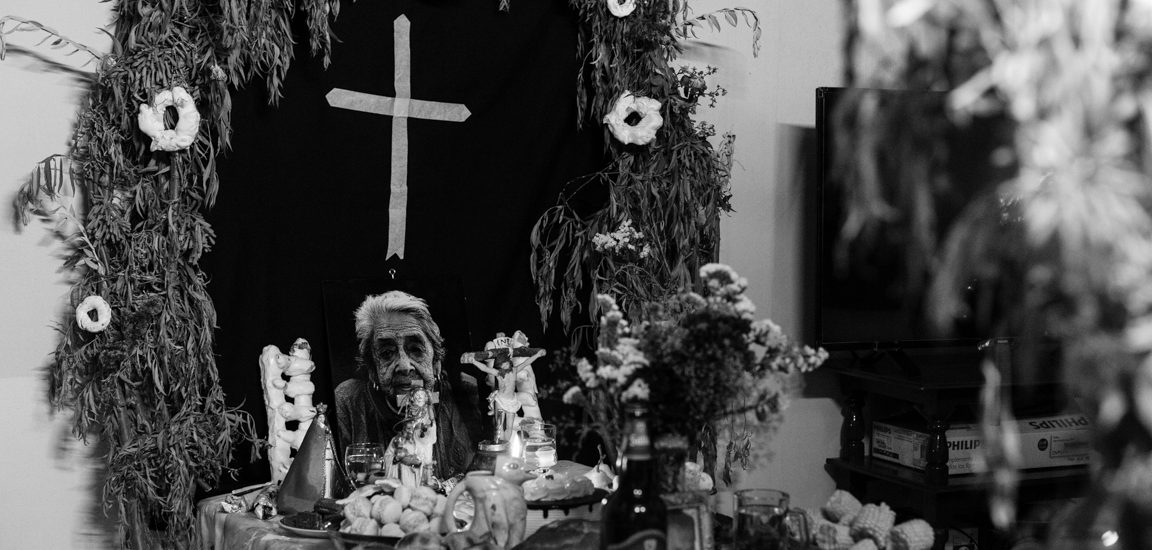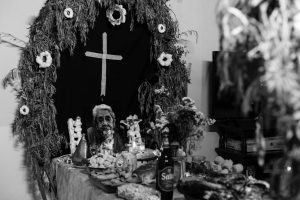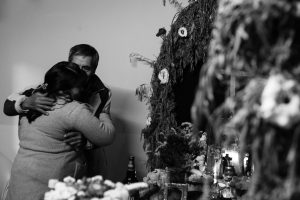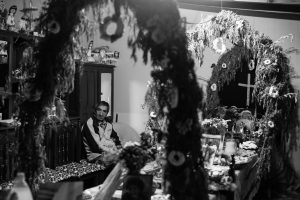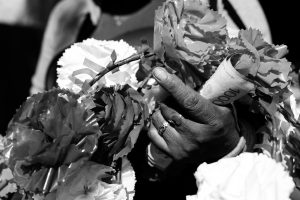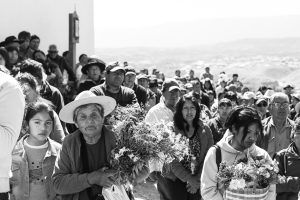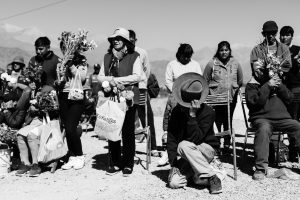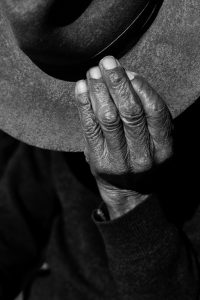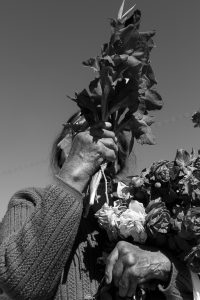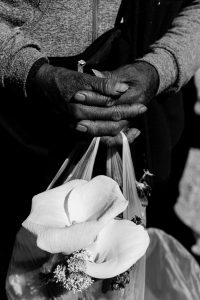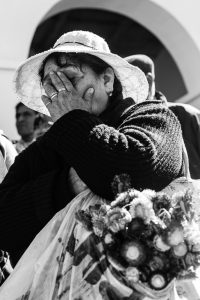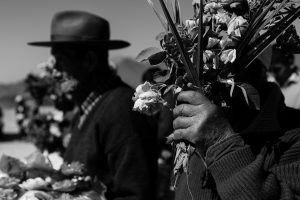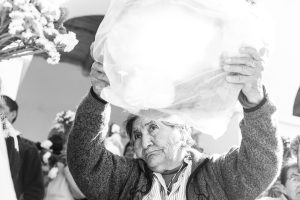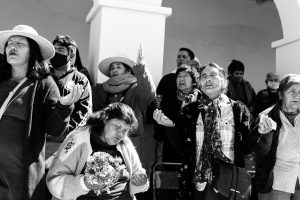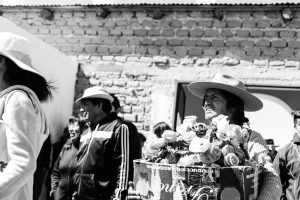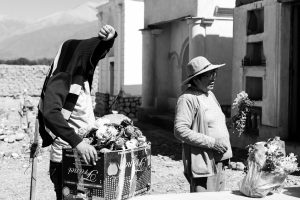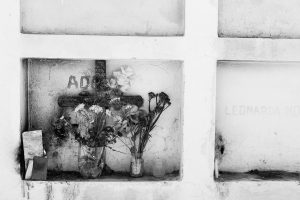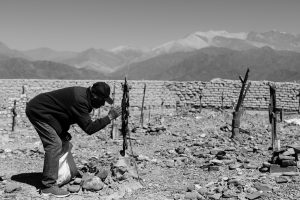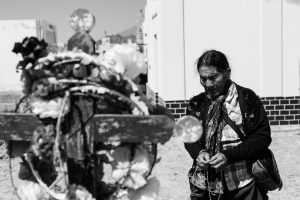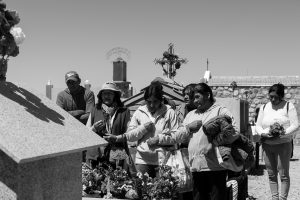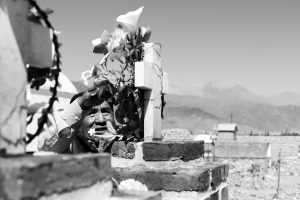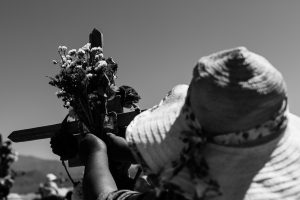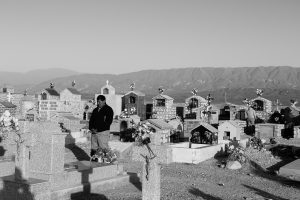The Day of the Souls is part of the ritual agrarian cultural calendar: the Aya Marq’ay Killa (in Aymara), is one of the most important festivities for the Andean world, which believes in a vital force that gives life and lives eternally. It doesn’t die, it transforms.
This ritual is a testimony of the deep bond that exists between the living and the dead. Each gesture and each offering is a tribute to life and memory, and a manifestation of the unbreakable bond between past and present generations in Andean rituality.
At night, I visited Horacio and Pocha at their house. They always welcome me like one of the family. “Mate cocido” and we catch up. I met them a few years ago, celebrating and honoring Pachamama.
Pocha looked tired. And of course, she cooked all week with care, love and respect, making sure that all souls were honored with her favorite foods.
In Andean rituality, the table is prepared with everything that the deceased used to like so that that essence of life, that soul that returns, that comes to visit spiritually, can serve itself and enjoy its favorite dishes and drinks. There is no shortage of kneaded bread offerings: there have to be two, because in the Andean world everything is dual.
After enjoying the “mate cocido“, they invited me to a room that they had kept closed until that moment. To my surprise, at the end of the table, against the wall, lay a photograph that I had taken years ago.
It was the portrait of Hilaria, who had died a few months ago. A new soul, for Andean spirituality, that deserves a special place at the table.
It is believed that the souls walk from house to house throughout the night of November 1st until dawn the next day.
Horacio, in silence and with a hint of melancholy in his eyes, contemplated the table and his offerings. The tangible link between the world of the living and the world of the dead; the indissoluble connection that exists between souls and those who loved them in life.
The next day, after the mass for the Dead Saints, families enter the cemetery, visit, clean and decorate the graves of their relatives. The offerings are distributed and shared among the community. They also invite people to set up and share the table on the morning of November 2, and others do so after mass.
Rarely have I seen so many people gathered in Cachi. Perhaps, at some patron saint’s day or at Holy Week. But this time, it was different and it moved me.
Already in the cemetery, I met my friend Eufrosina. She was with her daughters and grandchildren. They invited me with empanadillas and chicha. She finished a dumpling and from her small purse, Eufrosina took out another one. Did she see me lacking a pot? With my weakness for sweets, I couldn’t refuse.
At one point I asked Euphrosyne whose grave I was sitting on. With her particular tone of voice, she responded: “From my Mom.” And she bought me another empanadilla.
At that moment, I knew there were no more photos to take. I put the camera away and together with my dear friend, I enjoyed one of the most moving and heartfelt Rituals of the Andes as a family.
These photographs are part of Andean Rituals in the Calchaquí Valley, a long-term work that I continue to develop from 2015 to date.
© Nicolás Preci
